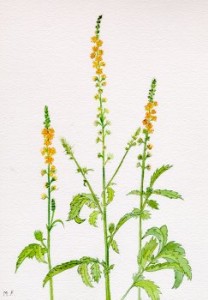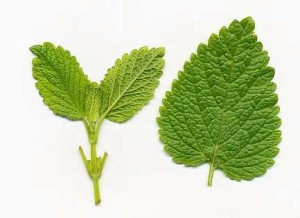 Melissa officinalis. (Family: Lamiaceae)
Melissa officinalis. (Family: Lamiaceae)
This herb is so well known to be an inhabitant almost in every garden, that I shall not need to write any description thereof, although its virtues, which are many, may not be omitted.
Government and virtues.
It is an herb of Jupiter, and under Cancer, and strengthens nature much in all its actions. Let a syrup made with the juice of it and sugar (as you shall be taught at the latter end of this book) he kept in every gentlewoman’s house to relieve the weak stomachs and Sick bodies of their poor sickly neighbours; as also the herb kept dry in the house, that so with other convenient simples, you may make it into an 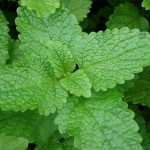 electuary with honey, according as the disease is you shall be taught at the latter end of my hook. The Arabian physicians have extolled the virtues thereof to the skies: although the Greeks thought it not worth mentioning. Seraphio says, it causes the mind and heart to become merry, and revives the heart, faintings and swoonings, especially of such who are overtaken in sleep, and drives away all troublesome cares and thoughts out of the mind, arising from melancholy or black choler; which Avicen also confirms. It is very good to help digestion, and open obstructions of the brain, and hath so much purging quality in it (saith Avicen) as to expel those melancholy vapours from the spirits
electuary with honey, according as the disease is you shall be taught at the latter end of my hook. The Arabian physicians have extolled the virtues thereof to the skies: although the Greeks thought it not worth mentioning. Seraphio says, it causes the mind and heart to become merry, and revives the heart, faintings and swoonings, especially of such who are overtaken in sleep, and drives away all troublesome cares and thoughts out of the mind, arising from melancholy or black choler; which Avicen also confirms. It is very good to help digestion, and open obstructions of the brain, and hath so much purging quality in it (saith Avicen) as to expel those melancholy vapours from the spirits 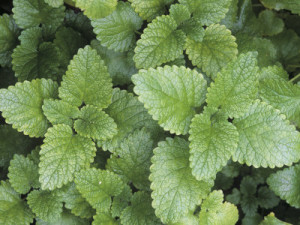 and blood which are in the heart and arteries, although it cannot do so in other parts of the body. Dioscorides says, That the leaves steeped in wine and the wine drank, and the ‘leaves externally applied, is a remedy against the stings of a scorpion, and the bitings of mad dogs; and commends the decoction thereof for women to bathe or sit in to procure their courses; it is good to wash aching teeth therewith, and profitable for those that have the bloody-flux. The leaves also, with a little nitre taken in drink, are good against the surfeit of mushrooms, helps the griping pains of the belly; and being made into a electuary, it is good for them that cannot fetch their breath: Used with stilt, it takes away wens, kernels, or hard swellings in the flesh or throat; it cleanses foul sores, and eases pains of the gout. It is good for the liver and spleen. A tansy or candle made with eggs, and juice thereof while it it is young, putting to it some sugar and rosewater, is good for a woman in child-bed, when the after-birth is not toroughly voided, and for their faintings upon or in their sore travail. The herb bruised and boiled in a little wine and oil, and laid warm on a boil, will ripen it, and break it.
and blood which are in the heart and arteries, although it cannot do so in other parts of the body. Dioscorides says, That the leaves steeped in wine and the wine drank, and the ‘leaves externally applied, is a remedy against the stings of a scorpion, and the bitings of mad dogs; and commends the decoction thereof for women to bathe or sit in to procure their courses; it is good to wash aching teeth therewith, and profitable for those that have the bloody-flux. The leaves also, with a little nitre taken in drink, are good against the surfeit of mushrooms, helps the griping pains of the belly; and being made into a electuary, it is good for them that cannot fetch their breath: Used with stilt, it takes away wens, kernels, or hard swellings in the flesh or throat; it cleanses foul sores, and eases pains of the gout. It is good for the liver and spleen. A tansy or candle made with eggs, and juice thereof while it it is young, putting to it some sugar and rosewater, is good for a woman in child-bed, when the after-birth is not toroughly voided, and for their faintings upon or in their sore travail. The herb bruised and boiled in a little wine and oil, and laid warm on a boil, will ripen it, and break it.
 Nicholas Culpeper
Nicholas Culpeper

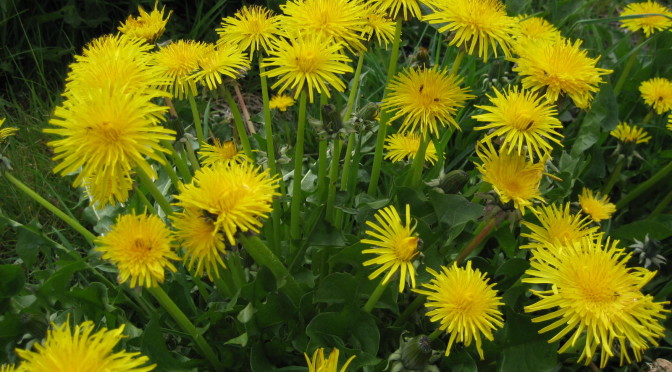

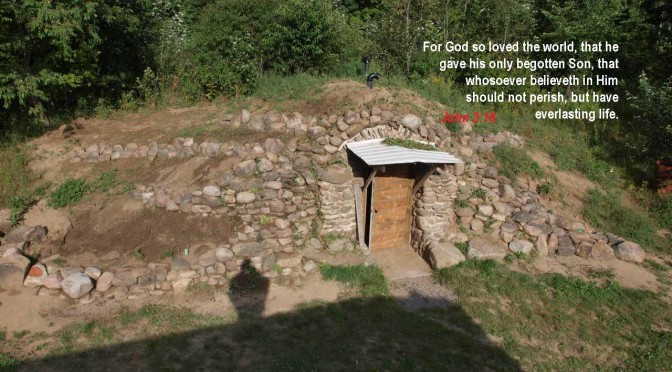


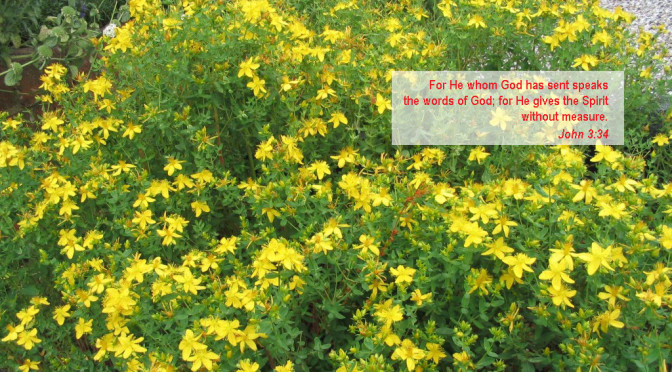
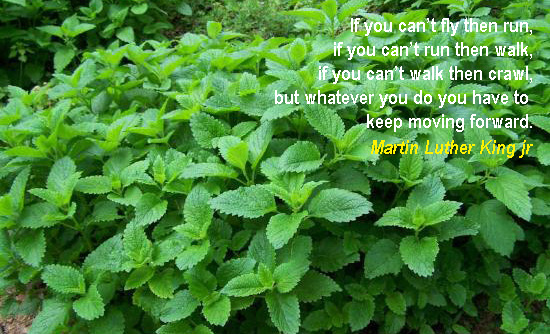
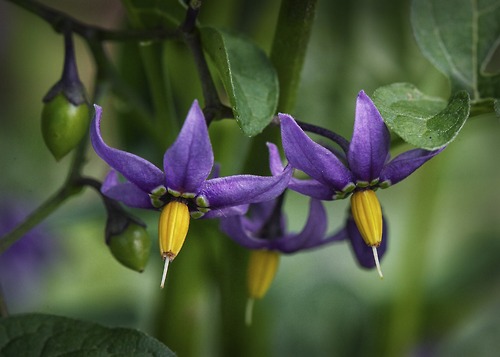
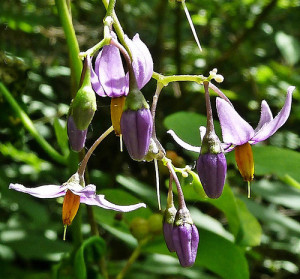 Solanum dulcamara. (Family Solanaceae)
Solanum dulcamara. (Family Solanaceae)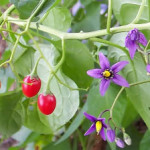 Descript
Descript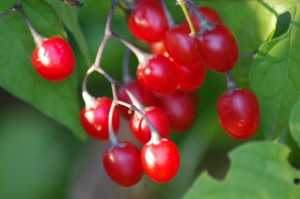 Place
Place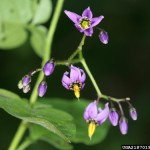 We have now showed you the external use of the herb; we shall speak a word or two of the internal, and so conclude. Take notice, it is a Mercurial herb, and therefore of very subtile parts, as indeed all Mercurial plants are ; therefore take a pound of the wood and leaves together, bruise the wood (which you may easily do, for it is not so hard as oak) then put it in a pot, and put to it three pints or white wine, put on the pot-lid and shut it close; and let infuse hot over a gentle fire twelve hours, then strain it out, so have you a
We have now showed you the external use of the herb; we shall speak a word or two of the internal, and so conclude. Take notice, it is a Mercurial herb, and therefore of very subtile parts, as indeed all Mercurial plants are ; therefore take a pound of the wood and leaves together, bruise the wood (which you may easily do, for it is not so hard as oak) then put it in a pot, and put to it three pints or white wine, put on the pot-lid and shut it close; and let infuse hot over a gentle fire twelve hours, then strain it out, so have you a


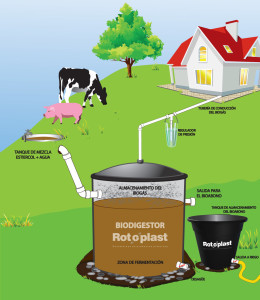 One of many sources of Bioenergy is bio digester. This sofisticated thing is really eating our waste and producing methane. Our society, and our life style are producing so much waste, and waste management it just covering it with soil and that’s it. We waste too much energy, and that energy could be renewable almost on 95%. Are we smart or stupid I would say second is right answer.
One of many sources of Bioenergy is bio digester. This sofisticated thing is really eating our waste and producing methane. Our society, and our life style are producing so much waste, and waste management it just covering it with soil and that’s it. We waste too much energy, and that energy could be renewable almost on 95%. Are we smart or stupid I would say second is right answer. Biogas Technology
Biogas Technology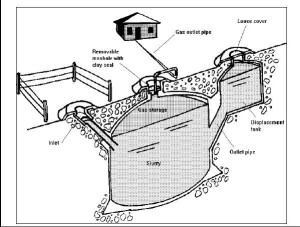 hydrogen sulfide (H2S), and water vapor (H2O) may be present. It is the methane component of the biogas that will burn or produce energy. The gas can be used to generate heat or electricity or both. It can be burned in a conventional gas boiler to produce heat for nearby buildings or to heat the digester, or used in a gas engine to produce electricity. As the organic material (feedstock) is added to the system, the digested effluent is pumped from the digester. The effluent can be stored in a tank and later applied to the land at an appropriate time as a fertilizer without further treatment. The solids can be composted prior to sale for use as a compost or animal bedding. The liquid still contains nutrient that can be sold or used on the farm as a liquid fertilizer as part of a crop nutrient management plan. Basic material flow in an anaerobic digestion system.
hydrogen sulfide (H2S), and water vapor (H2O) may be present. It is the methane component of the biogas that will burn or produce energy. The gas can be used to generate heat or electricity or both. It can be burned in a conventional gas boiler to produce heat for nearby buildings or to heat the digester, or used in a gas engine to produce electricity. As the organic material (feedstock) is added to the system, the digested effluent is pumped from the digester. The effluent can be stored in a tank and later applied to the land at an appropriate time as a fertilizer without further treatment. The solids can be composted prior to sale for use as a compost or animal bedding. The liquid still contains nutrient that can be sold or used on the farm as a liquid fertilizer as part of a crop nutrient management plan. Basic material flow in an anaerobic digestion system. Sources of organic matter that have been used to produce biogas include animal manure, sewage sludge, municipal solid waste, food-processing wastes, and industrial wastes.
Sources of organic matter that have been used to produce biogas include animal manure, sewage sludge, municipal solid waste, food-processing wastes, and industrial wastes.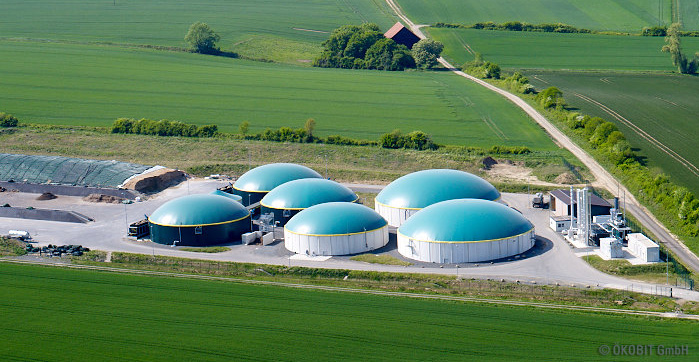 Properties of Methane
Properties of Methane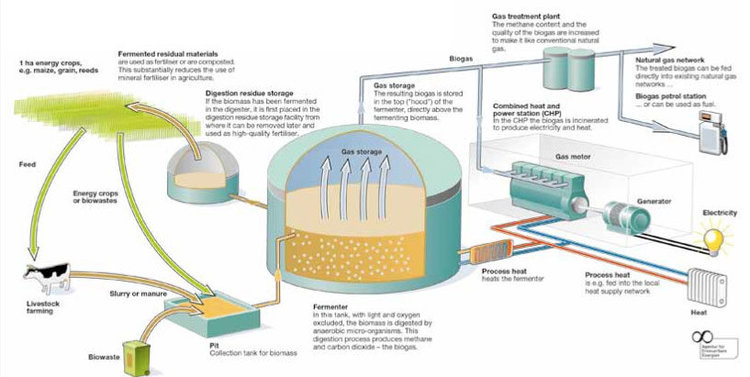 ani
ani
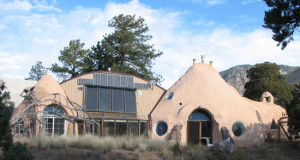 Straw bales were a fairly common building material in the world between 18
Straw bales were a fairly common building material in the world between 18
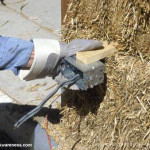
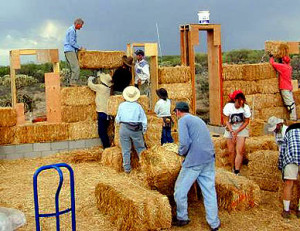

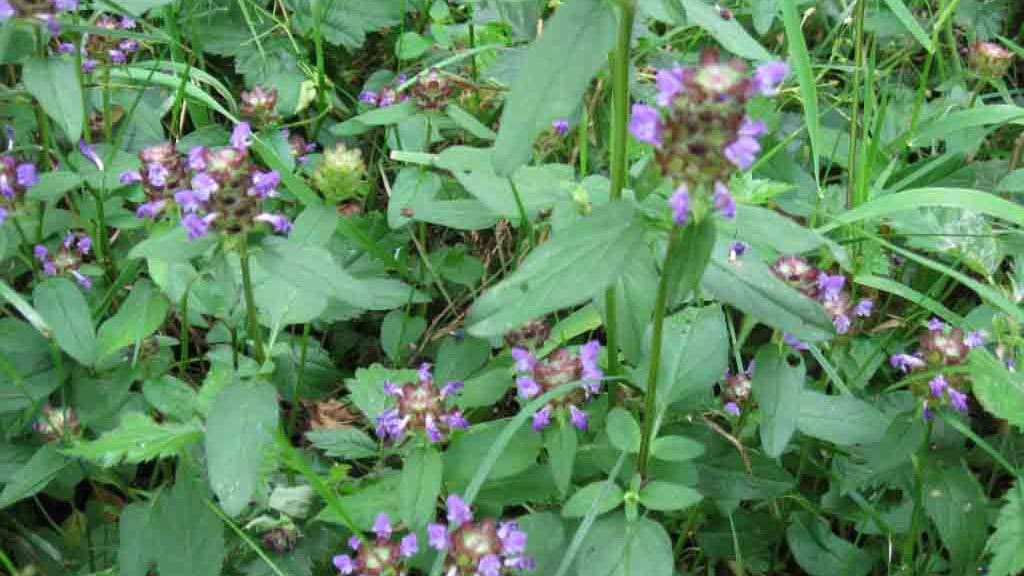
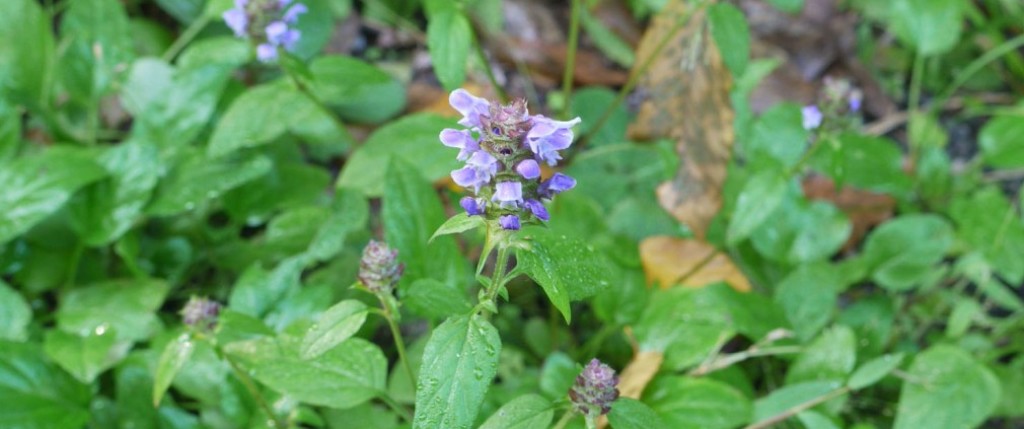
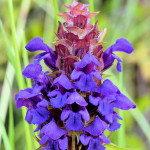

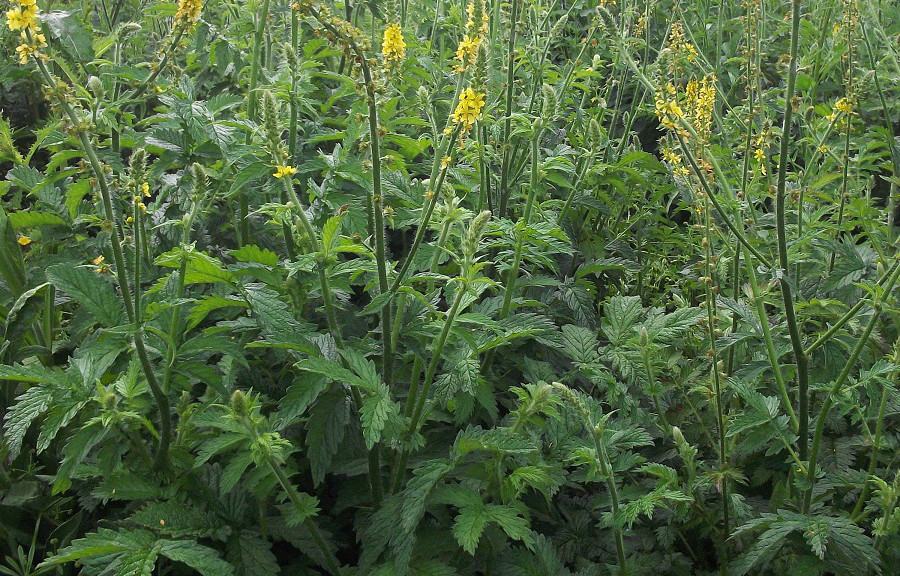
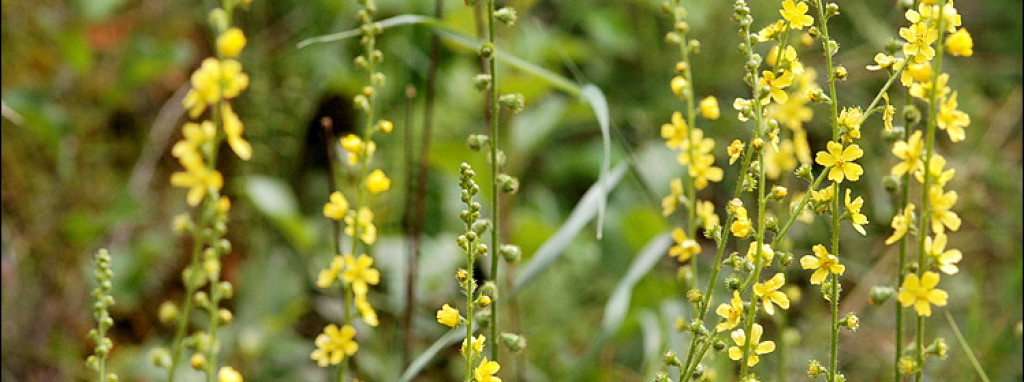
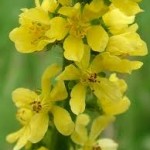
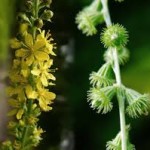 thereof grow many small yellow flowers, one above another, in after which come rough heads of seed, hanging downwards, which will cleave to and stick upon garments, or any thing that shall rub against them. The knot is black, long, and somewhat woody, abiding many .years, and shooting afresh every Spring ; which , though small, hath a reasonable good scent.
thereof grow many small yellow flowers, one above another, in after which come rough heads of seed, hanging downwards, which will cleave to and stick upon garments, or any thing that shall rub against them. The knot is black, long, and somewhat woody, abiding many .years, and shooting afresh every Spring ; which , though small, hath a reasonable good scent.